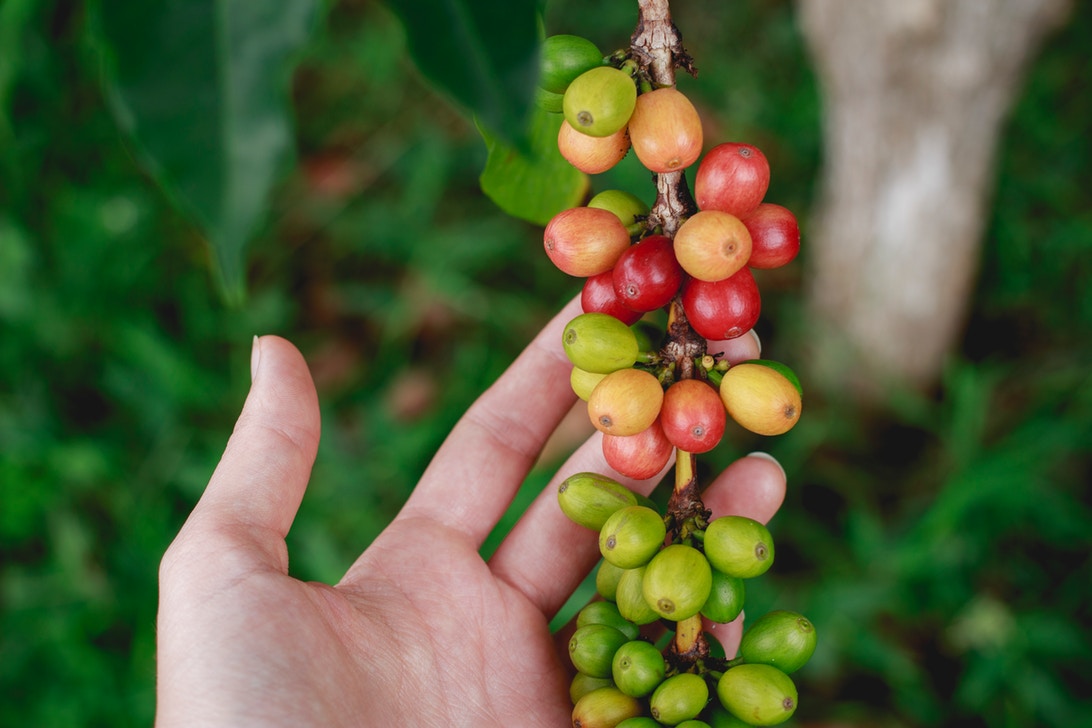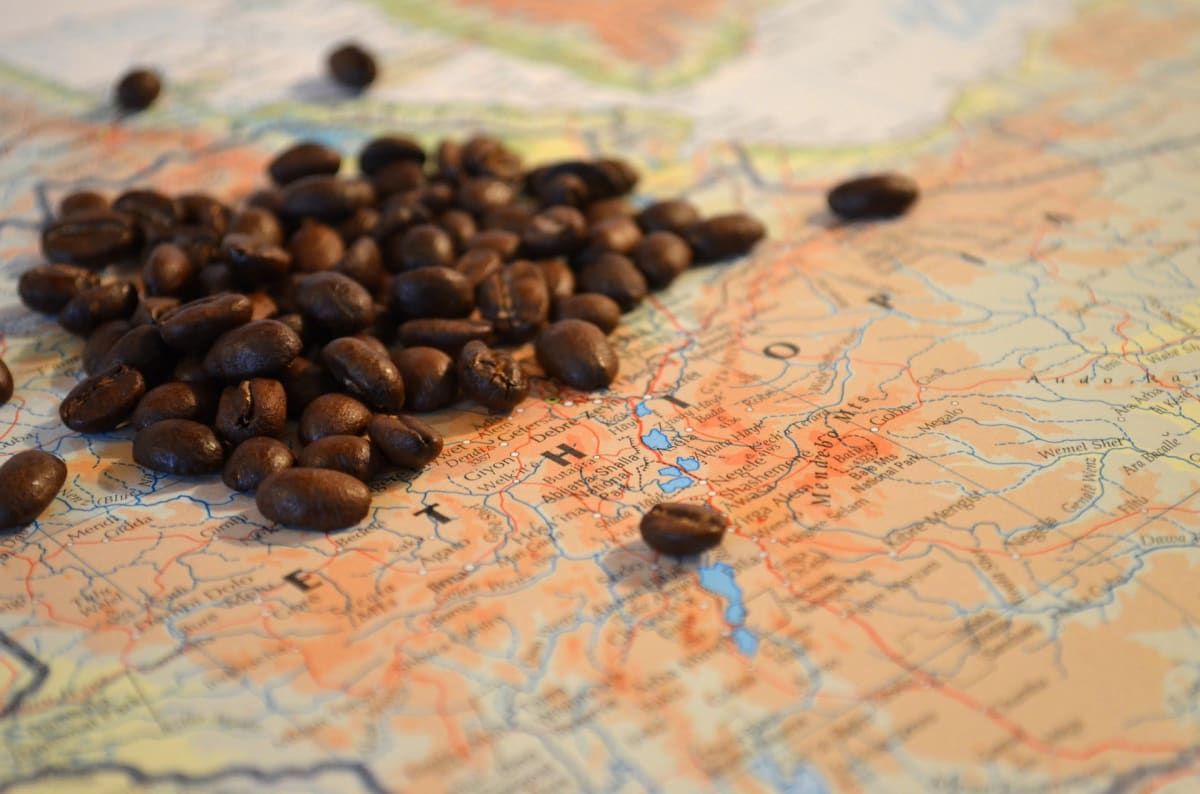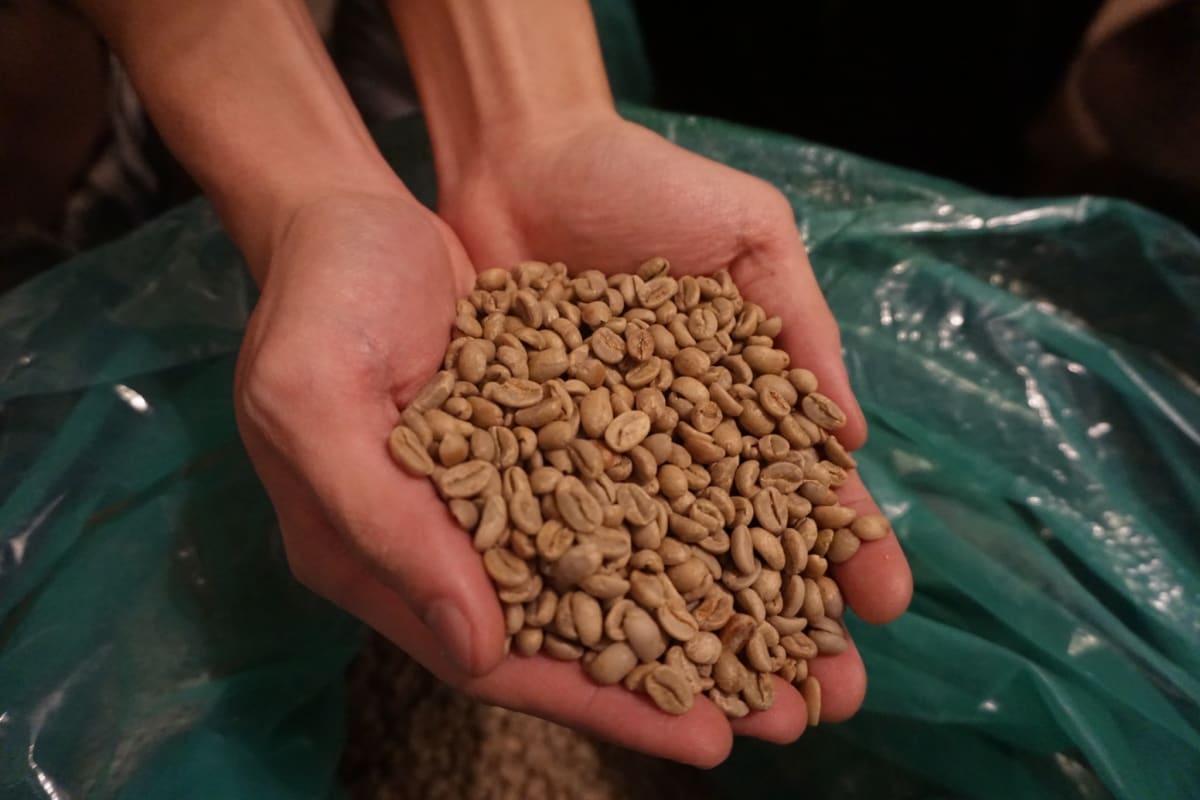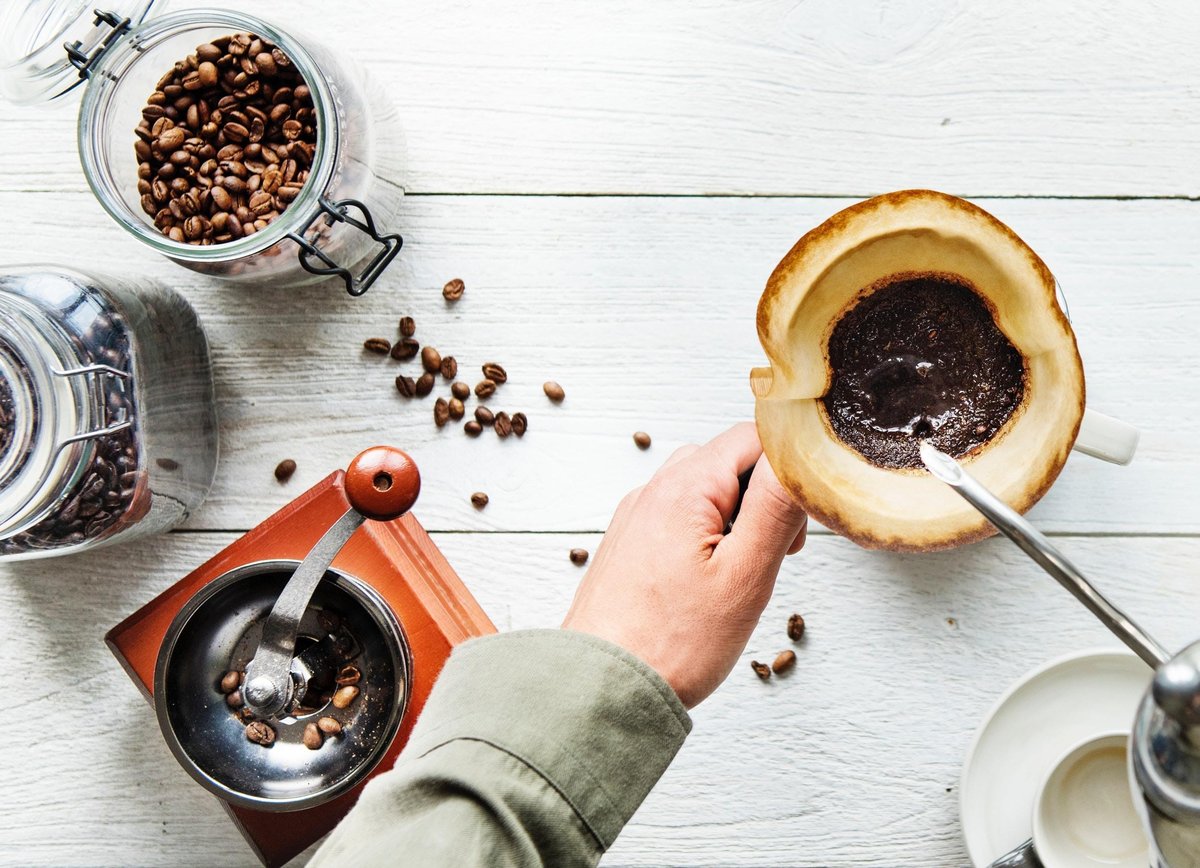What is Fair Trade and Direct Trade? What is the difference between fair trade and direct trade?
Professional coffee knowledge exchange More coffee bean information Please pay attention to coffee workshop (Weixin Official Accounts cafe_style)
Whether you are a professional or a simple coffee lover, these terms will appear in almost all coffee circles. But what is the real difference between these two trade patterns? What does coffee mean to us?
This article provides all the information about fair trade and direct trade, explaining what these two models mean from the perspective of farmers, bakers or consumers.

I. Fair Trade
Fairtrade originated in the coffee crisis of 1988, when there were no price quotas, resulting in a much larger supply of coffee than market demand.
Therefore, the Netherlands started this certification, hoping to increase the purchase price of coffee and provide adequate wages for workers through artificial influence.
After years of trial and error, organizations have been formed to try to help stabilize the coffee market. These organizations eventually united to form what is now Fair Trade International.
1-1 Fair Trade Goals and Needs
Fairtrade aims to reduce the gap between smallholder farmers in developing countries and large-scale subsidized smallholder farmers in industrialized countries. The goal is to promote equity and growth in international trade.
The ultimate ideal outcome of fair trade is to help struggling farmers sustain their livelihoods and ultimately enable them to provide consumers with more and better products.
Fairtrade regulations may ensure that consumers buy coffee that meets ethical standards, including prohibitions on child and forced labor.
1-2 Who participates in fair trade?
In fact, we are all part of it.
a. Fair Trade International
A company called Fairtrade International oversees policies that affect every player in the supply chain. Their objectives are implemented through multiple sub-organizations such as FLO-CERT, which is responsible for certification and standards implementation.
b. Producers (farmers)
First, in order to obtain the Fairtrade label, coffee producers must apply for certification (for a fee) and obtain certification. Once farmers complete these steps, producers are introduced and sell their coffee to large companies.
Fairtrade International also provides some financial assistance to farmers to help them grow and sustain their livelihoods.
c. Importer
Fairtrade importers must register with and pay a fee for Fairtrade, and they must pay a minimum price to the exporting company, which is adjusted as necessary to ensure that producers working with exporters receive fair prices for their products.
d. Exporters
The weakest link to a fair trading system is with exporters. Exporters often suffer losses rather than profits from trading Fairtrade certified coffee because of fees, extra costs and low demand.
Losses ultimately affect the income farmers receive; however, when these organizations make a profit, the surplus goes to social improvement projects aimed at improving the communities in which the cooperatives are located, which can include everything from school classrooms to recreational facilities and support for the organization's operations.
1-3 Fairtrade concerns
As with any large company, there will be growing concern about transparency. Some critics argue that the entire organization is simply the result of ethical consumerism that could hurt the coffee industry.
Quality control is also problematic because there is a growing belief that coffee should be seen more as a refined crop than as a commodity.

II. Direct trade
Direct trade is not an organization but rather a method of trade. Roasters (or distributors) buy coffee directly from farmers (producers).
As mentioned earlier in this article, this approach to trade is a way to compensate for the shortcomings of fair trade operations, including higher incomes through the production of higher-quality coffee, resulting in win-win situations such as more income for farmers and better coffee for consumers.
2-1 The objectives and needs of direct trade
As noted above, direct trade was developed to improve the increasingly complex fair trade system. Therefore, those who engage in direct trade do not follow a specific set of rules, but choose more open and mutually beneficial forms of trade.
These individuals and companies emphasize negotiation, discussion, interpersonal relationships, and information-sharing. Transparency is key to facilitating direct trade among these people.
2-2 Who is involved in direct trade? Who else hasn't?
a. Producers (farmers)
Farmers meet and interact directly with buyers. In exchange for better prices, producers strive to provide buyers with quality products.
b. Distributor (bean baker)
Distributors or roasters do not buy raw beans from importers, which means they do not come from farmers 'organizations such as cooperatives. Buyers in direct trade buy directly from producers.
This practice enables them to directly influence the quality of the goods they buy and enables producers to obtain fair prices. To sum up this part, it also increases the sustainability of both parties.
c. Direct trade does not include importers, exporters or any intermediaries
Direct trade removes the intermediate role directly, and this removes the additional costs and costs of fair trade intermediate processes.
2-3 Doubts about direct trade
The main problem with direct trade is that the mechanism relies entirely on the ethics and integrity of buyers. Thus, sometimes companies take advantage of this approach and claim to use direct trade, but do not meet the expectations of full transparency.
These buyers failed to provide information and evidence about their direct trading partners. However, some direct trade "founders" try to address this issue with annual transparency reports.

summary
Both modes of trade are well intentioned and aimed at providing sustainable income to coffee farmers in developing countries. However, neither of these methods can cover everything.
If you buy Fairtrade coffee, you can expect every participant in the supply chain to have standards that adhere to this set of norms. So if you buy coffee from a company that claims fair trade, they'll all have some ideals. But remember that not everyone benefits from this mechanism.
As for direct trade, while there are no official standards to regulate, there are certainly companies that are committed to the ideals of fairness and transparency and are trying to improve sustainability and deficiencies in coffee trade.
Therefore, before buying coffee, you can study this part first to see what kind of impact your coffee has.
END
Important Notice :
前街咖啡 FrontStreet Coffee has moved to new addredd:
FrontStreet Coffee Address: 315,Donghua East Road,GuangZhou
Tel:020 38364473
- Prev

How should I practice the technique of making coffee by hand? How to make coffee by hand?
Professional coffee knowledge exchange more coffee bean information Please follow the coffee workshop (Wechat official account cafe_style) many lovers of hand-made coffee will often become numb and confused after getting out of the new stage of cuisine, and they do not know how to upgrade and how to upgrade. Try different types of beans? Not all of them will like it; try different instruments? And then buy.
- Next

The greener the coffee beans are, the more fresh they are. The more moisture = the greener the raw bean color "?
The greener the coffee beans are, the more fresh they are. Moisture and freshness. If the moisture of raw beans will decrease over time, then the argument that moisture is more = fresh is true. But in real time, the water content of coffee beans is unstable, which increases and decreases with the change of environment, which is similar to wood. If the environment around the raw bean is humid, the bean will do it on its own.
Related
- Beginners will see the "Coffee pull flower" guide!
- What is the difference between ice blog purified milk and ordinary milk coffee?
- Why is the Philippines the largest producer of crops in Liberia?
- For coffee extraction, should the fine powder be retained?
- How does extracted espresso fill pressed powder? How much strength does it take to press the powder?
- How to make jasmine cold extract coffee? Is the jasmine + latte good?
- Will this little toy really make the coffee taste better? How does Lily Drip affect coffee extraction?
- Will the action of slapping the filter cup also affect coffee extraction?
- What's the difference between powder-to-water ratio and powder-to-liquid ratio?
- What is the Ethiopian local species? What does it have to do with Heirloom native species?

